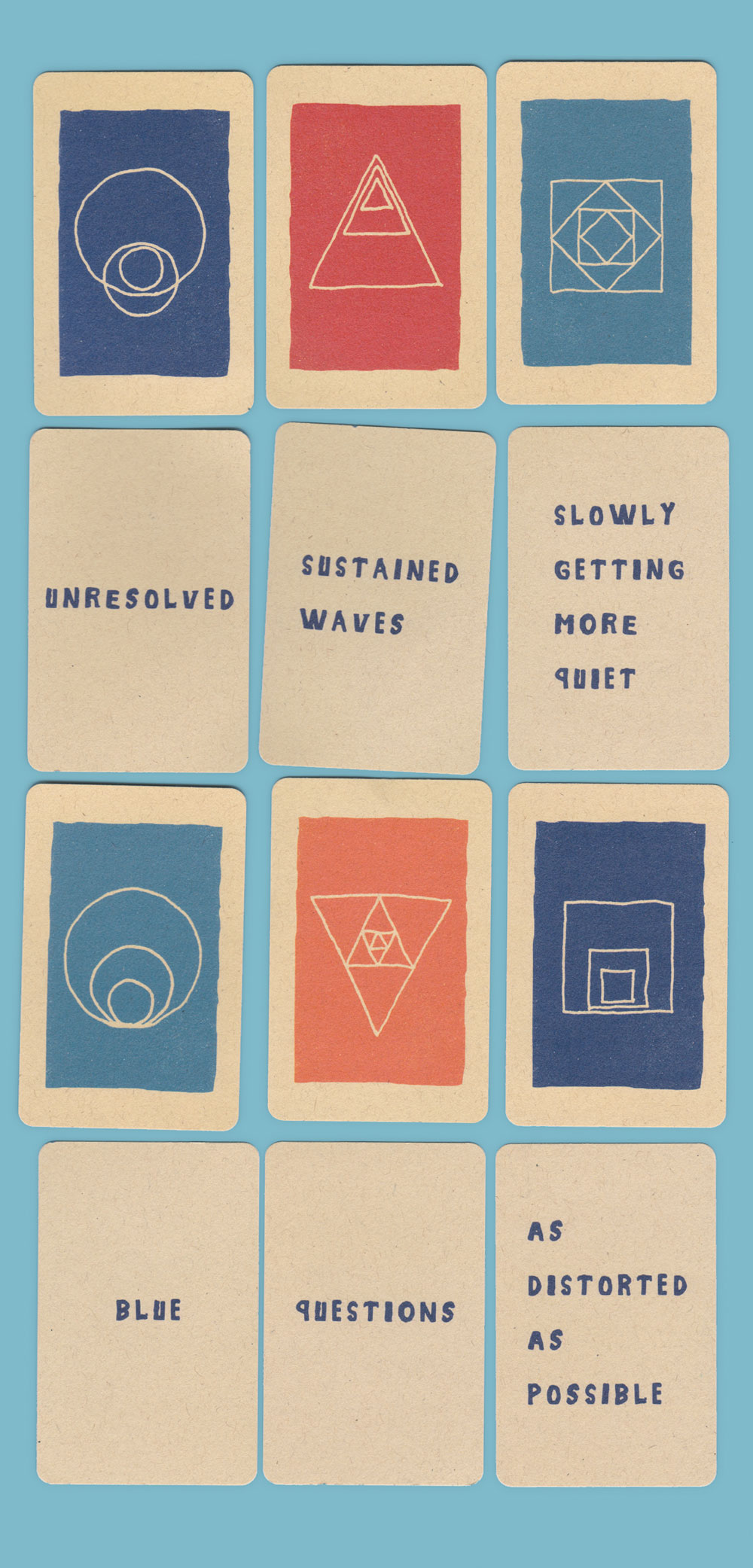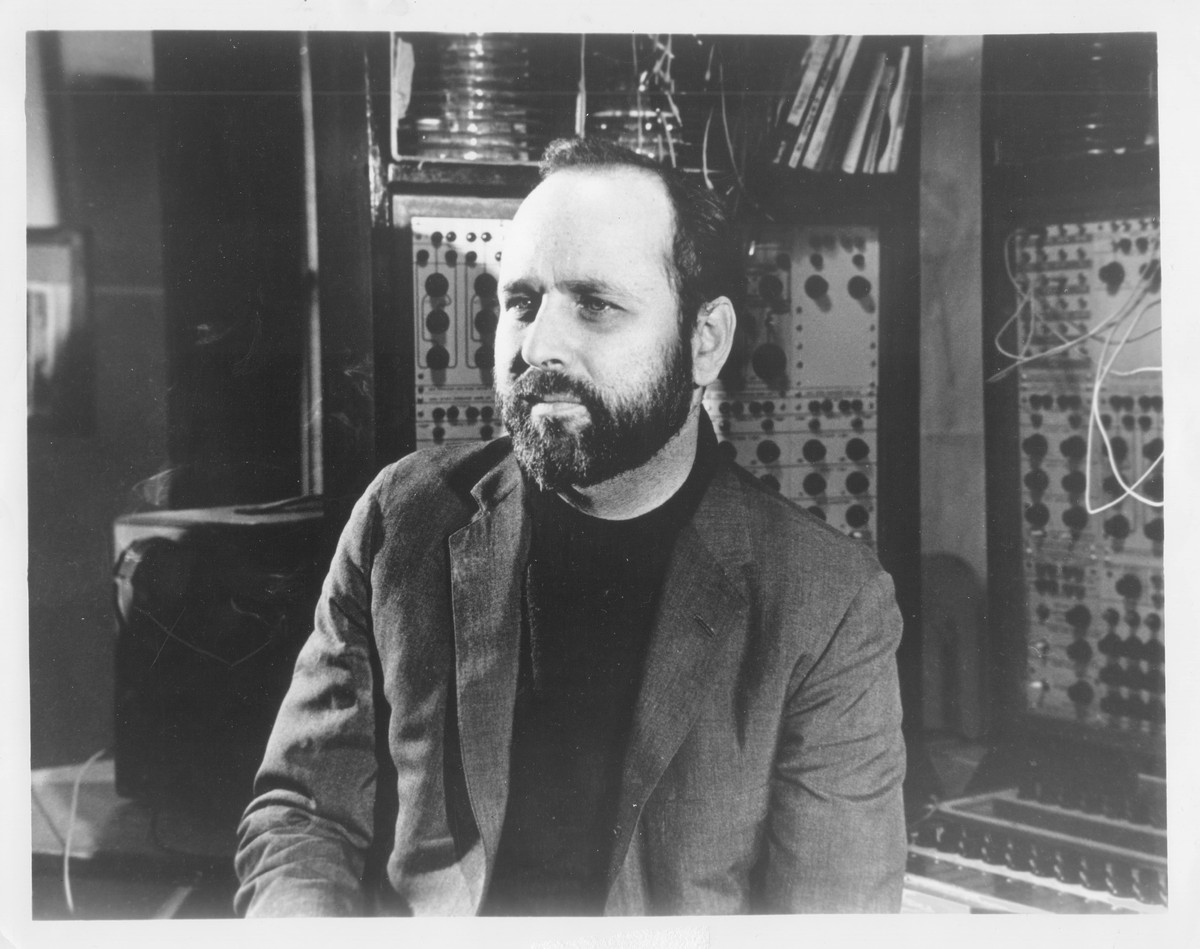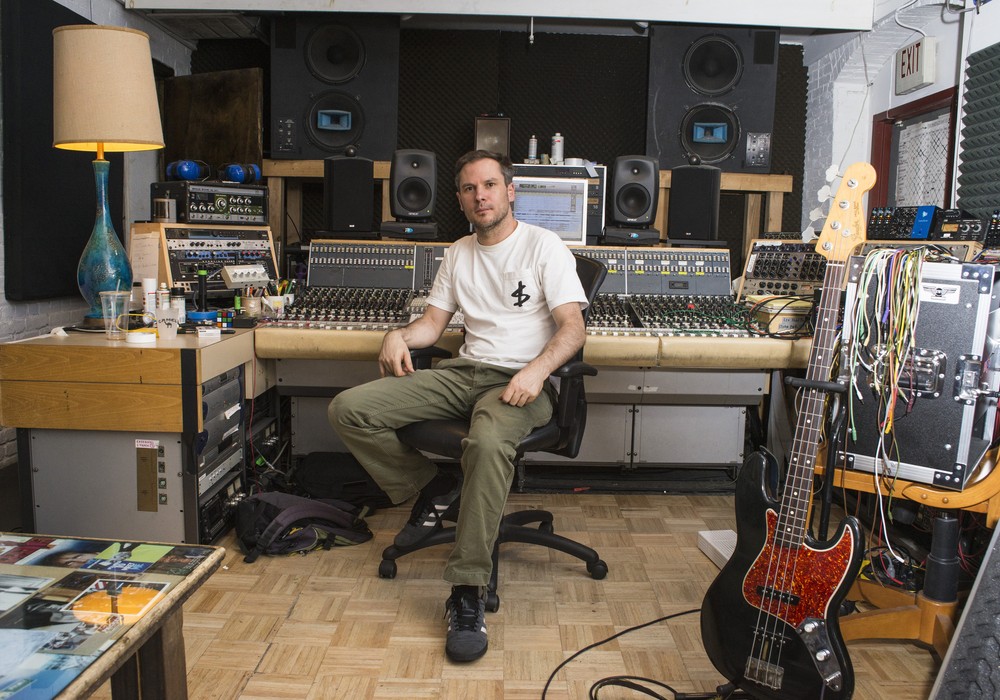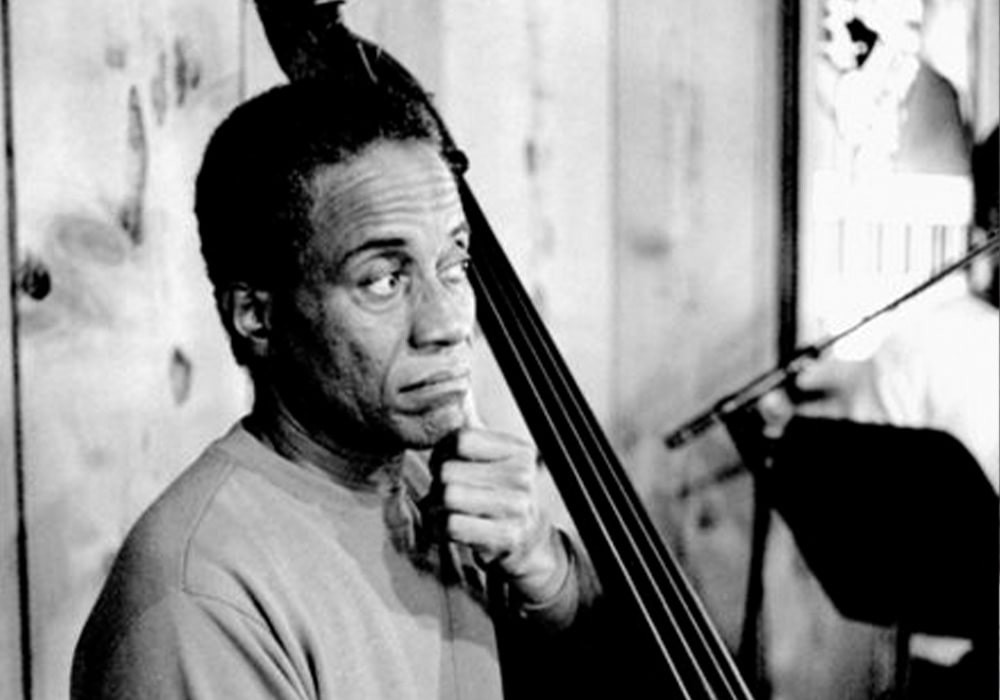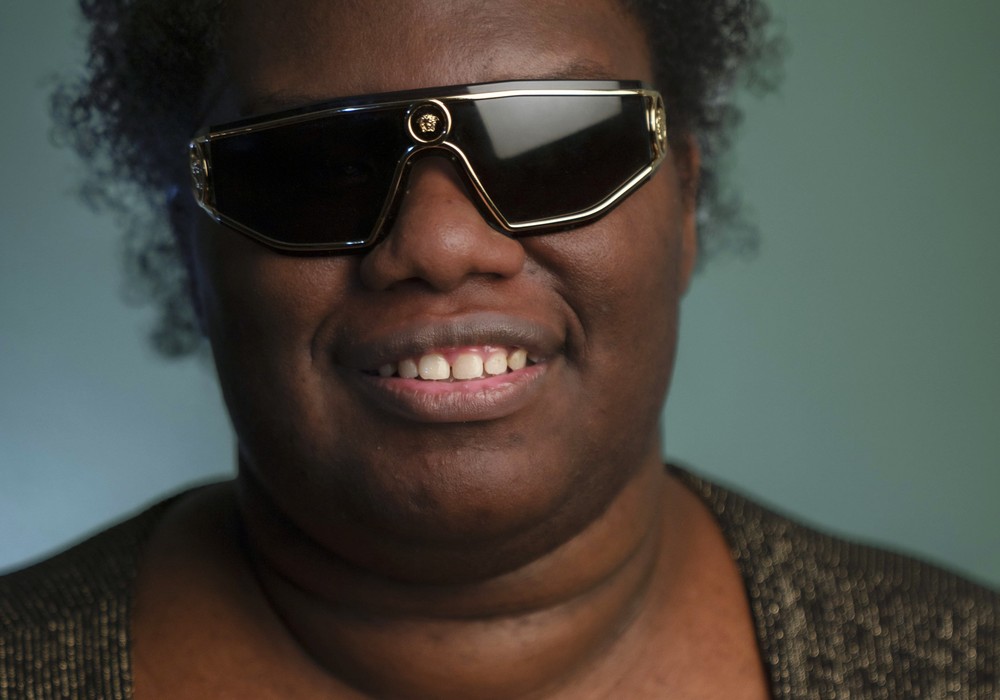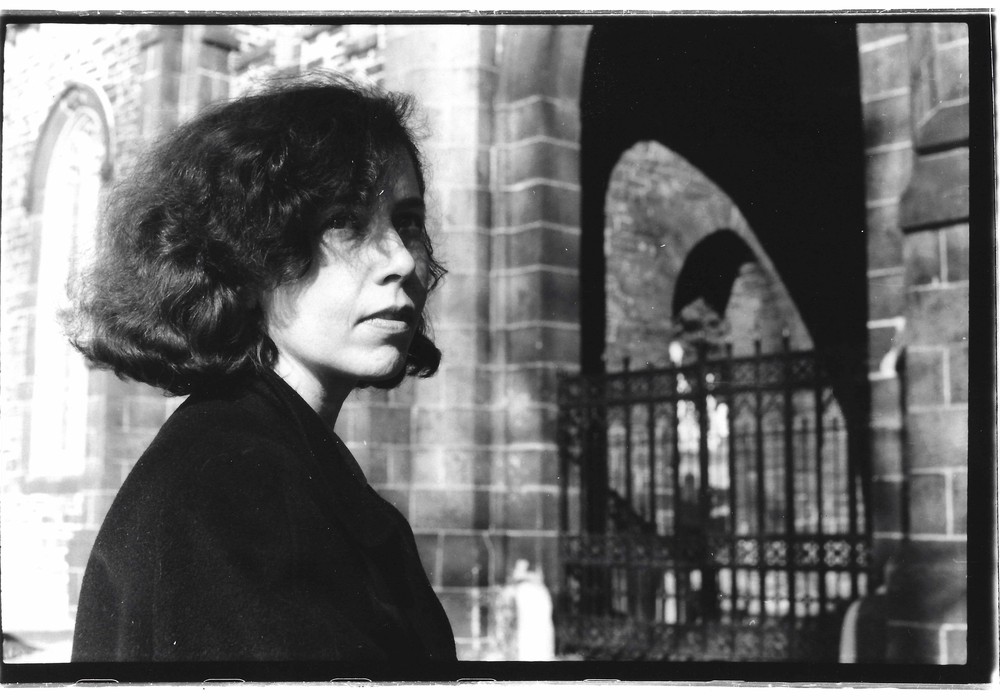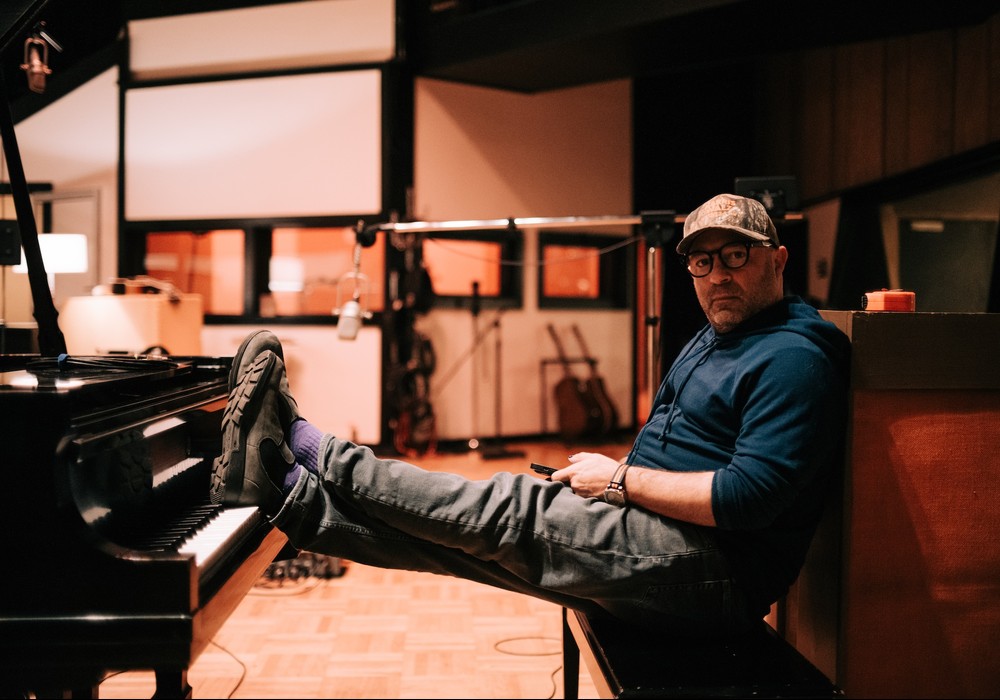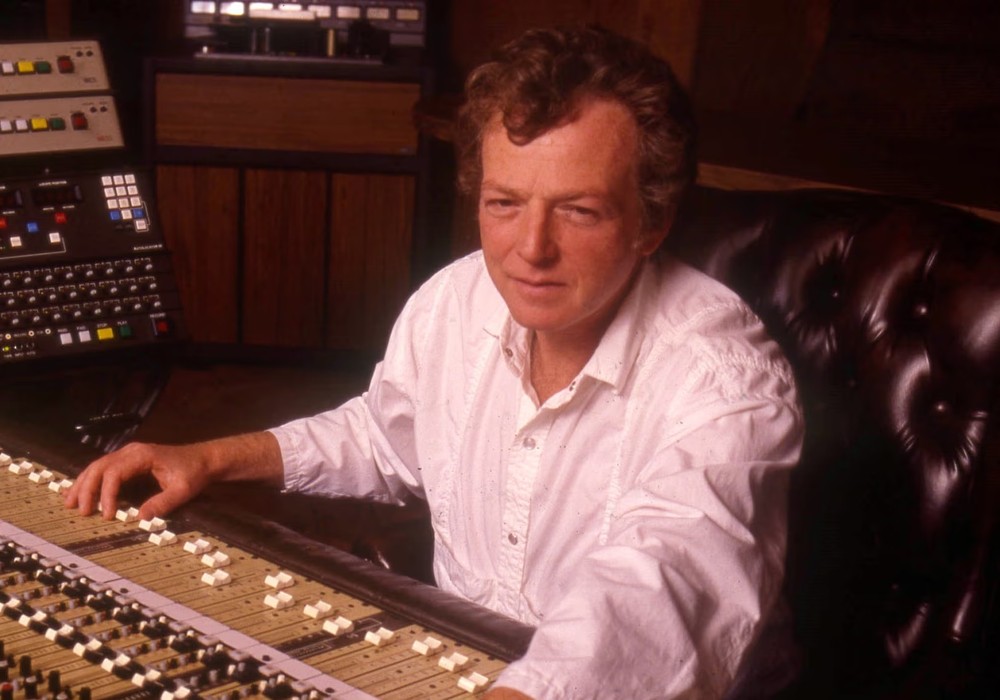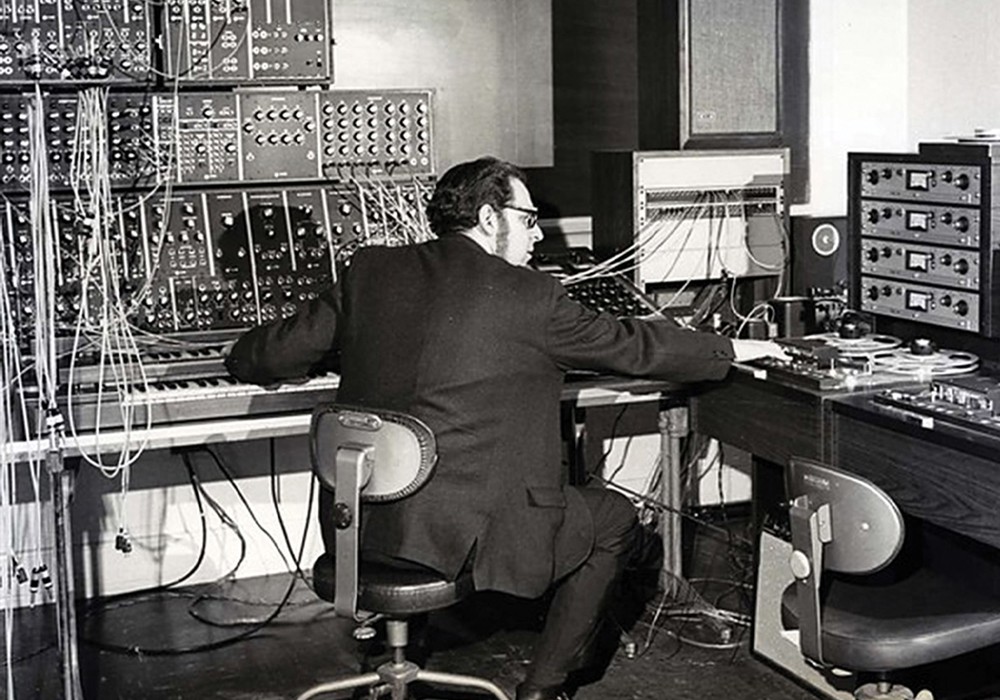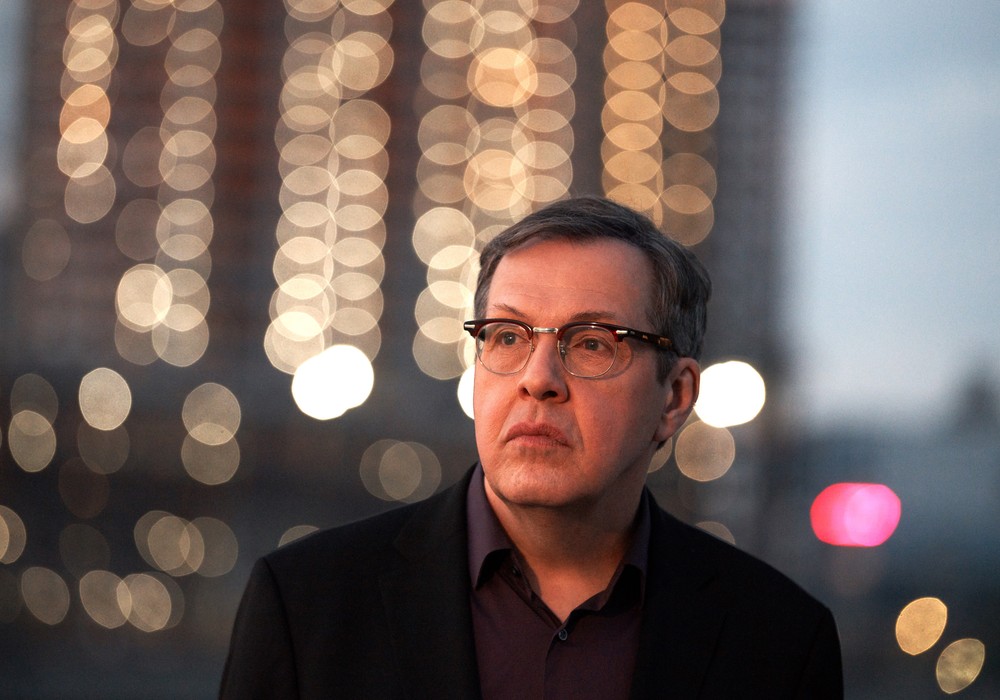How was the recent tour in Europe?
It was hard, but I'm doing fine. I'm getting a little confused about things, but luckily the music is not giving me any problems, just all the details. I'd never done this before at this age, and, in addition, the COVID tests made everything more complicated.
What are your recollections of your early days in New York City?
The first time in New York for me was the summer of 1965, when they gave me a studio on Bleecker Street. I had been working at the San Francisco Tape Music Center, and we were given a $200,000 grant from the Rockefeller Foundation. We didn't apply for it; we were handed it, but in order to do what we wanted to it had to be under the auspices of what they called "fiscally responsible people," and we were not considered that! We ended up in Mills College, and the grant was coming in around 1965 or '66. In the meantime, I got invited to work with the Actor's Workshop in San Francisco – Herb Blau and that group – on a production of [William Shakespeare's] King Lear. I created a score using tape manipulations, and that started me in electronics. That production created a huge stir nationwide. I had been mostly a clarinetist before that. As a result of that production, the main people of the company were invited to present the piece at the Vivian Beaumont Theater in New York.
Do you have a copy of that score?
There's an archive somewhere, but almost everyone's dead now so I don't know where anything is. I made all the sound effects and the trumpet calls. The big event was the storm scene, in which I made the sounds by manipulating the actor's voice on tape. We worked for a year on it, recording and so forth. I didn't have filters, so I had to make it faster or slower to allow the voice to come through. All of the sound was horrendously loud! Herb let me direct part of the scene. The idea was that the storm was in the actor's brain, and so at one point I had him go down and touch his knee to the ground, at which time the sound turned off and then turned on again when he stood up. It was just a sudden thing, but it was really powerful, at least at that time, anyway. I don't think it's in the script, but at the end we added a part where he went down, laid down on the ground, and began breathing – I had the breath recorded with a repeat following the rhythm of his breathing. It was dynamite, so we got invited to open the show in NYC in 1966. Also at that time, I got an invitation from the beginnings of the Tisch School of the Arts at NYU to be an artist-in-residence. I met with Robert W. Corrigan, the dean. He ended up president at CalArts [California Institute of the Arts] later. He flew me out to go over my contract. I had told him that I hated to be in a university, telling him, "I didn't know you were in the middle of New York. I don't want to be on a campus. I don't want to be anywhere near a campus!" I needed a studio, plus he had to buy me a Buchla [synthesizer], because the Buchla 100 was just coming out. I made it hard for him! He took me to dinner at a famous steakhouse in [Greenwich] Village, and he brought the Ertegun brothers [Ahmet and Nesuhi Ertegun, founders of Atlantic Records] because he wanted to make sure I understood this was not just academics as usual. I had a wonderful meal with them. Before we were done, with the Erteguns sitting there, and I said, "What about the contract?" He said, "Yeah, here!" This paper, which was signed at the bottom by him, had the logo of NYU, the date, and everything, but it was blank. He said, "I can't remember everything. Just write it! You have to give a lecture once a week, so please put that...
